Citizen Kane is a 1941 American mystery drama movie by Orson Welles, who is the movies producer, co-screenwriter, director and star. The movie was Welle’s first feature film and it was nominated for the Academy Awards in 9 categories, winning the Academy Award for Best Writing (Original Screenplay) by Herman J. Mankiewicz and Welles. Take a look below for 26 more interesting and fascinating facts about Citizen Kane.
1. The first working draft screenplay of Citizen Kane, dated April 16, 1940, was called American.
2. Orson Welles was 25 years old when he directed, co-wrote, starred in and produced the movie, which was also his first feature.
3. Citizen Kane was the feature movie debut of Ray Collins, Joseph Cotten, Agnes Moorehead and Everett Sloane, all of who had worked with Welles on his theatre productions or radio broadcasts as members of his Mercury Theatre. It was also the screen debut of Welles himself.
4. Co-screenwriter Herman J. Mankiewicz dictated the majority of the Citizen Kane script while in bed and being cared for by his nurse after shattering his leg in a car crash.
5. The newspaper publisher William Randolph Hearst is the main inspiration for Citizen Kane’s protagonist, Charles Foster Kane. Mankiewicz made Kane’s dialogue using almost the exact same lines from Hearst’s own writing and speeches.
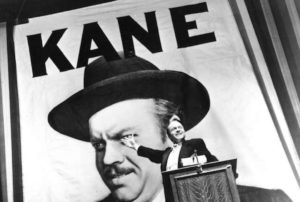
6. Hearst was angry that the movie was made and in order to keep it from being released, he accused Orson Welles of being a Communist. At the time, an accusation like that had the potential to destroy a person’s reputation in Hollywood and to garner heavy government investigation.
7. The design of Kane’s estate, called Xanadu, was inspired by Heart Castle, which was Hearst’s massive mansion in San Simeon, California.
8. In 2015, 74 years after it was first released, Citizen Kane was screened at Hearst Castle for the first time. The tickets for the screening, which had 60 people come, cost $1,000 each.
9. Welles watched John Ford’s movie Stagecoach about 40 times over the course of a month while making the movie, modeling his shots over Ford’s techniques.
10. Citizen Kane was nominated for an Oscar but ended up losing to Ford’s How Green Was My Valley in 1942.
11. When he was filming a scene in which his character violently destroys a room, he was so immersed in his character that he cut both of his hands and didn’t even stop the scene.
12. Welles, along with Gregg Toland, popularized and perfected the deep focus technique, which is when they keep every object in the foreground, center and background in simultaneous focus.
13. On the ninth take of the sled burning scene, the furnace was so hot that the flue caught fire, causing the Culver City Fire Department to respond. Welles was noted to be happy with all the commotion.
14. While filming a dramatic scene in which Kane chases his rival down a flight of stairs, Welles tripped and fell about 10 feet, injuring his ankle. The injury forced him to direct from a wheelchair for 2 weeks.
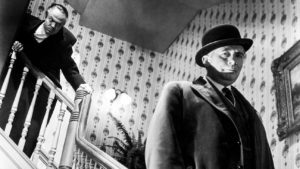
15. The opening scene, in which a dying Kane whispers his Rosebud line was all done in one take.
16. In 1975, 34 years after the release of Citizen Kane, Welles was honored with the third AFI Life Achievement Award. He was the first actor and director to receive the award.
17. The movie’s opening, with just the title and no actor names, was almost unprecedented in 1941. However, it’s now the industry norm for Hollywood blockbusters.
18. To keep studio executives off his back, Orson Welles claimed that the cast and crew were in rehearsal during the first few days of shooting. It took a few days before the studio realized what was going on.
19. During filming, Welles began treating Dorothy Comingore terribly, deliberately humiliating her in front of the cast and crew. He did this intentionally to make her hate him, which strengthened her performance in the movie.
20. Despite all of the publicity it received, the movie was a box office flop and it was quickly consigned to the RKO vaults.
21. Citizen Kane was booed every time one of its nine nominations was announced at the 1941’s Academy Awards. It was only re-released to the public in the mid 1950s.
22. During filming, Orson Welles got a warning that William Hearst had arranged for a naked woman to jump into his arms when he entered his hotel room and that there was also a photographer in the room to take a picture that would be used to discredit him. Welles ended up spending the night somewhere else.
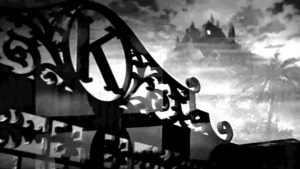
23. Welles later stated that he regretted the way Marion Davies was portrayed as Susan Alexander and that Davies was a wonderful woman.
24. One line by Kane, “Don’t believe everything you hear on the radio,” might be construed as a sly wink from Welles to those who panicked when they heard his radio broadcast of War of the Worlds.
25. The original nitrate negative for Citizen Kane are gone, they were lost in a fire during the 1970s.
26. In the movie, the audience that watched Kane make his speech is a still photo. To give the illusion of movement, hundreds of holes were pricked in with a pin and lights moved about behind it.

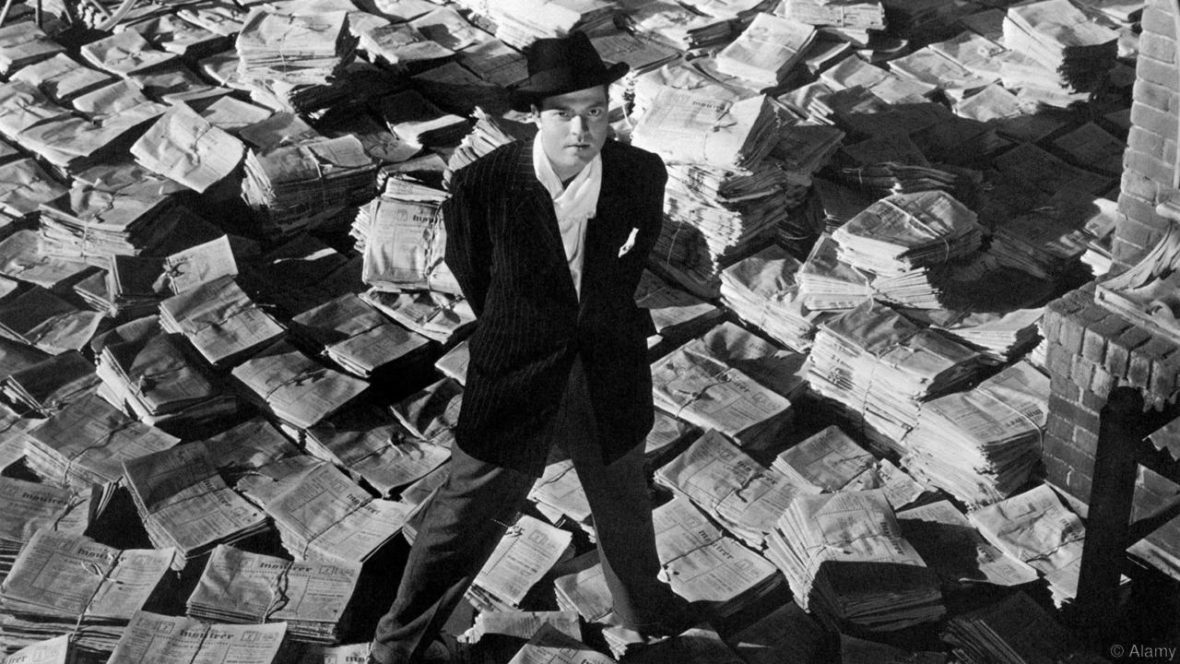
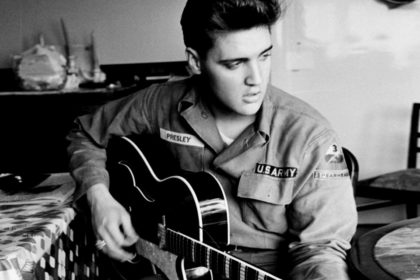


2 Comments
Pingback:
March 17, 2018 at 2:13 pmPingback:
April 1, 2018 at 4:52 pm